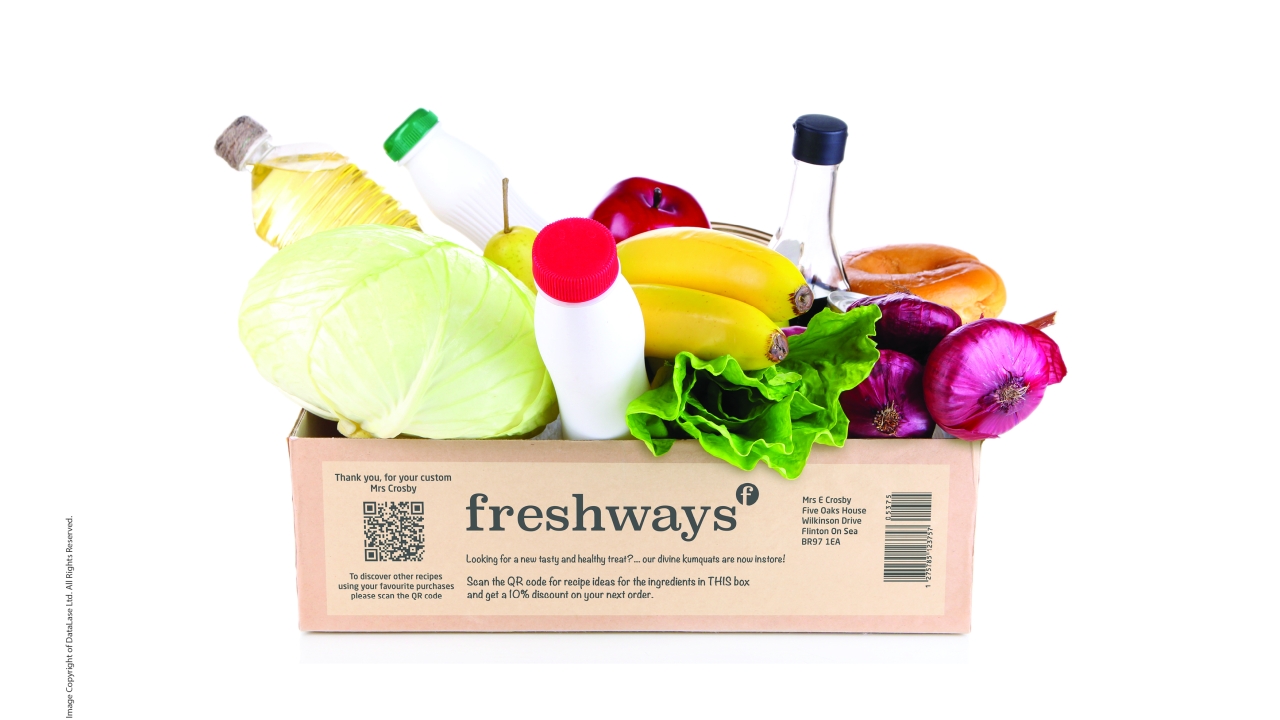DataLase and Xerox partner for late-stage in-line digital printing
Xerox and DataLase have introduced the laser imaging module (LIM), which uses DataLase’s in-line digital printing technology to produce greyscale images with a natural resolution up to 1200dpi and can digitally print variable information such as graphics, barcodes and text up to 1m/s.

DataLase, acquired by Sato at the end of last year, introduced its Variprint next-generation in-line digital printing technology in spring 2016, which sees patented laser reactive pigments incorporated into a coating that is conventionally printed onto a variety of products or packaging. When exposed to the LIM, a color change reaction is generated in the coating, creating the desired print. The process is inkless at the point of printing, making it suitable for use on packing and filling lines, DataLase states.
The LIM can produce greyscale images with a natural resolution up to 1200dpi and can digitally print variable information such as graphics, barcodes and text up to 1m/s. This allows brand owners to connect with consumers with personalization and late-stage ability to differentiate products and packaging.
‘The digital print and packaging market is growing at a healthy pace,’ said Aanand Parthasarathi, packaging programs manager at Xerox. Our new lasers, coupled with DataLase technology, will deliver new capabilities in the fulfilment process such as switching languages or a last-minute change in an ingredient list.’
DataLase CEO Dr Chris Wyres added: ‘Building on the huge interest we generated at drupa 2016, the DataLase solution can deliver a unique way to help connect brands with consumers on a one-to-one basis through personalization and late-stage differentiation of products and packaging – such as adding timely local promotions and marketing material.’
DataLase is seeing the development of a range of market applications for its technology on a global basis, which is being used across a wide range of product and packaging applications in the food and drink, pharmaceutical, personal care and household sectors for case coding, labelling, product coding and folding cartons.
‘Real time marketing capability on pack is now a reality,’ concluded Wyres.
Stay up to date
Subscribe to the free Label News newsletter and receive the latest content every week. We'll never share your email address.

